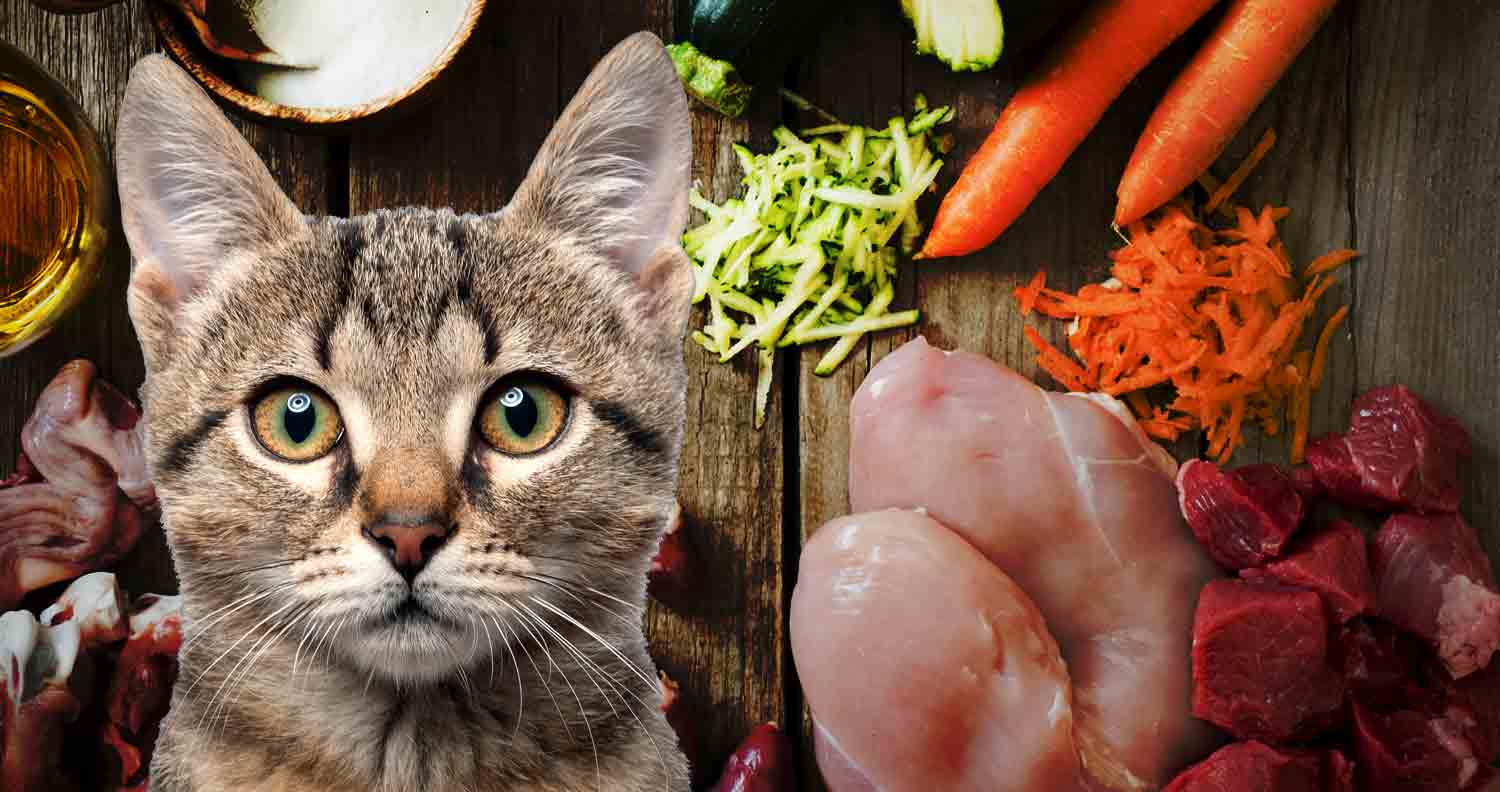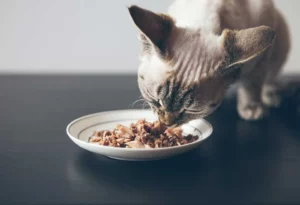to suggest
Providing proper nutrition is crucial when caring for our feline friends. Understanding the nuances of good cat food starts with recognizing why ingredients are so important.
meat protein
When it comes to cat food, proteins reign supreme. Animal proteins, such as chicken, are the building blocks of healthy cats. Imagine your cat enjoying a meal rich in chicken, a protein source that not only satisfies his taste buds but also supports his muscle development.
Another great source of protein is fish, which is rich in Omega-3 fatty acids. These essential nutrients contribute to a luscious coat and promote heart health, making fish an important ingredient in high-quality cat food.
carbohydrates as energy
The mention of carbohydrates may raise an eyebrow, but cats need them for energy. Understanding the role of whole grains and vegetables in a cat’s diet will reveal the secrets behind a comprehensive meal plan. Imagine your feline friend benefiting from the sustainable energy provided by these carefully selected ingredients.
Healthy essential fats
Not all fats are equal, and when it comes to cat food, the emphasis should be on the good fats. Dive deeper into the world of omega-6 fatty acids and discover why they are essential for your cat’s overall health. In addition, fish oil is a delicious source of Omega-3 for the coat, which helps with joint health and a shiny coat.
vitamins and minerals
Micronutrients play a crucial role in your cat’s health. Vitamin A ensures clear eyes and healthy skin, while calcium is essential for strong bones. Uncovering the mysteries behind these vitamins and minerals can help you make smart choices for your feline companion.
Avoid harmful additives
Reading labels becomes an art form when exploring the world of cat food. By avoiding artificial preservatives and understanding the dangers of excess fillers, you can ensure your cat gets a healthy meal without unnecessary additives.
Understanding cat food labels
Interpreting the terms on cat food labels can be confusing, but it’s a skill worth mastering. Find out what “grain-free” really means and how to identify quality brands to ensure your cat gets the nutrition he deserves.
Home cooking versus commercial cooking
The eternal debate between homemade cat food and commercial cat food is real. By weighing the options, from the benefits of pre-packaged convenience to ensuring a balanced homemade diet, you can find the diet that suits your lifestyle and your cat’s needs.
Allergies and sensitivities
If your cat has allergies or sensitivities, overcoming dietary restrictions is crucial. Identify common cat allergens and learn how to safely change your diet to ensure your cat’s health is never compromised.
Take the life stage and breed into account
Matching the diet to your cat’s life stage and breed is the same as adjusting your wardrobe. From kittens going through their growth phase to older cats aging gracefully, understanding their unique nutritional needs is critical.
Consult a veterinarian
In the world of cat food, professional guidance is important. Make sure your cat receives personalized care with regular checkups and dietary adjustments, and that health issues are addressed through nutrition.
Affordable quality option
Quality doesn’t always mean breaking the bank. Discovering high-quality cat food at affordable prices requires finding value without sacrificing quality. Coupons, discounts and bulk purchasing tips can make delivering premium food more affordable.
User reviews and recommendations
What better way to measure the quality of cat food than through the experiences of other cat owners? Explore online platforms for real feedback and learn to recognize red flags and positive signals in user reviews.
Frequently asked questions about cat food



